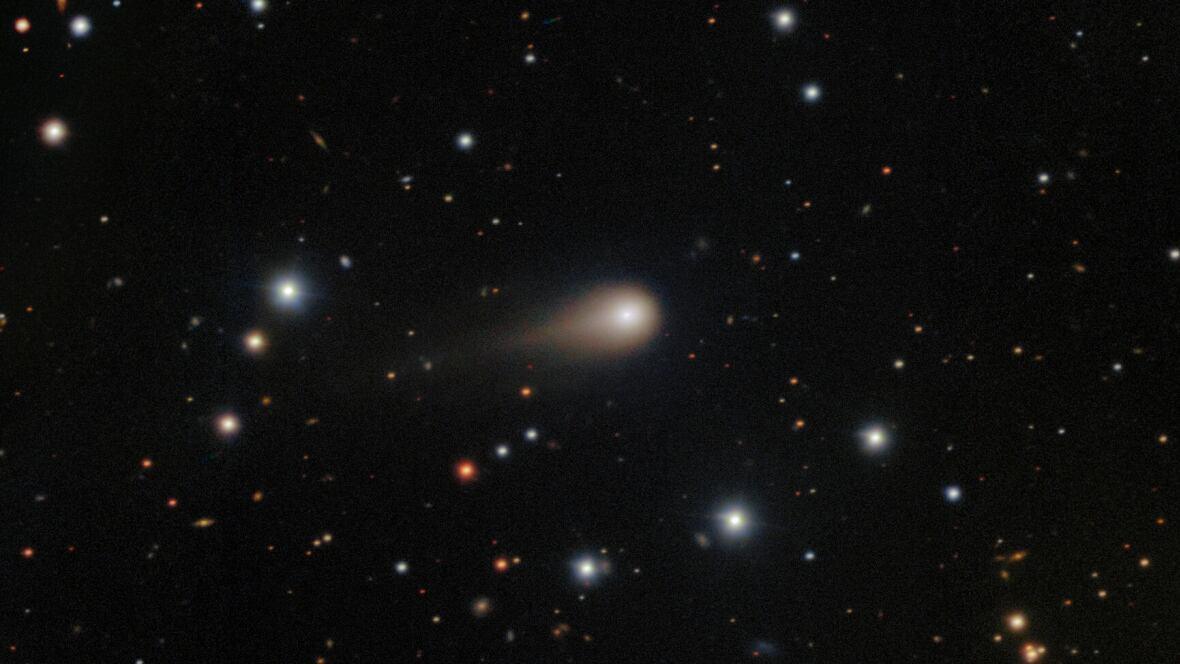The Journey of Interstellar Comet 3I ATLAS

Introduction
The discovery of interstellar objects has intrigued astronomers and space enthusiasts alike, with interstellar comet 3I ATLAS being one of the most notable examples. Its visit to our solar system provides valuable insight into the characteristics of comets originating from outside our system, enhancing our understanding of cosmic phenomena and the formation of celestial bodies.
Details of 3I ATLAS
Discovered by the Asteroid Terrestrial-impact Last Alert System (ATLAS) on March 5, 2021, comet 3I ATLAS stands out as the first interstellar comet observed since the well-documented object ‘Oumuamua in 2017. 3I ATLAS is composed of ice, dust, and other materials, which are believed to originate from a distant stellar system beyond our own.
The trajectory data indicate that the comet is making a rapid flyby, reaching its closest approach to the Sun on April 2023, where it received significant solar radiation. The speed of the comet, exceeding 100,000 miles per hour, allows it to pass through the solar system without being entrapped by the Sun’s gravity.
Scientific Observations
Multiple observations have been made by both ground-based and space telescopes, aimed at collecting data about the comet’s composition and structure. Researchers have gathered spectroscopic data indicating the presence of a rich variety of molecules, offering insights into the primordial conditions of the early solar system and beyond. This information serves as a reminder of the diverse and often uncharted nature of our universe.
Conclusion
The passage of interstellar comet 3I ATLAS through our solar system opens exciting avenues for further research regarding celestial dynamics and the origins of comets. Its significance extends beyond mere observation; it prompts inquiries into the building blocks of planets and the potential for life in extraterrestrial environments. As astronomy continues to advance with technology, the hope is to uncover even more secrets that interstellar objects like 3I ATLAS hold. Observers and scientists alike will remain keen to follow the comets’ return path and future contributions to our understanding of the cosmos.
